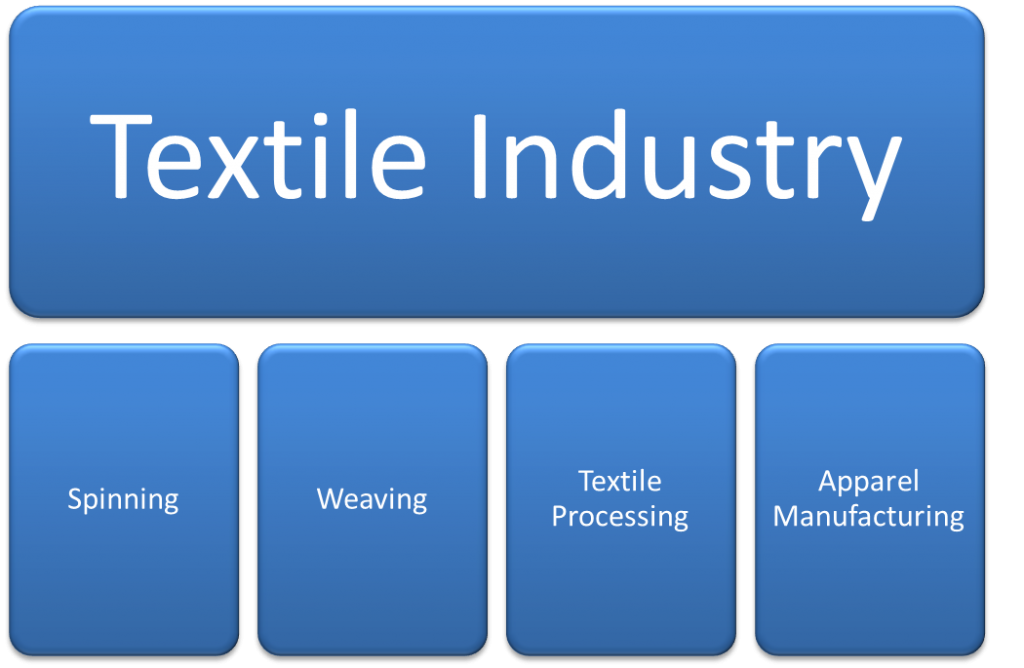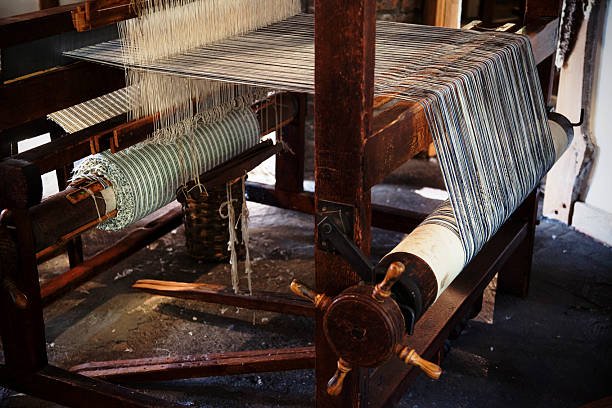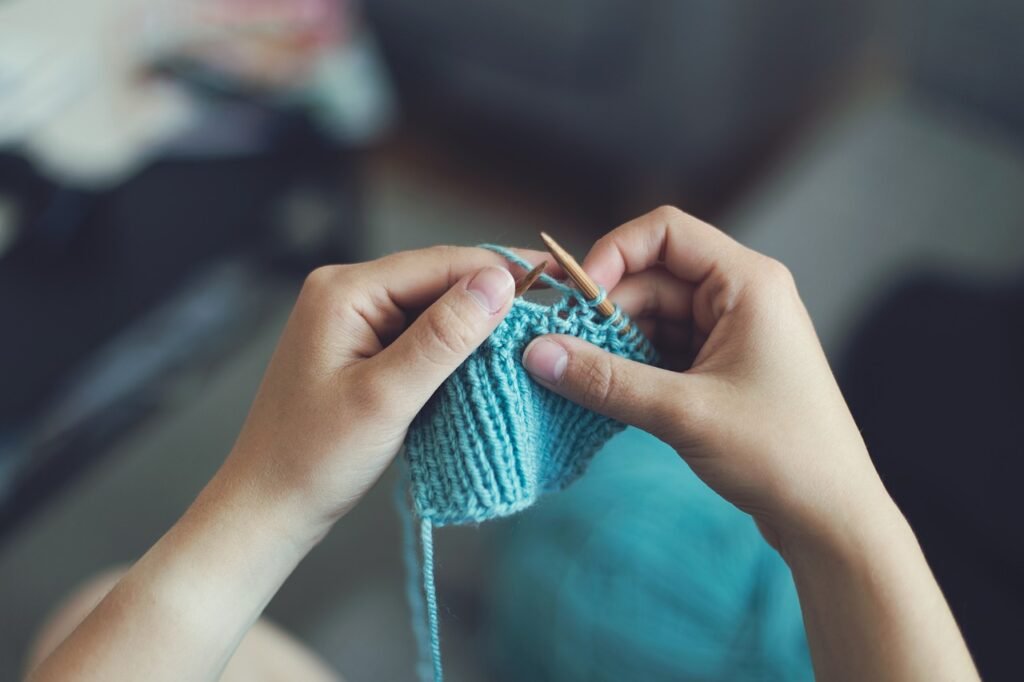Textile Industry
Textile industry is one of the most important industrial sectors in the world. Since clothing is the basic need of everyone, it is also one of the oldest manufacturing sectors in the human history. According to Encyclopedia Britannica, the word “textile” is derived from the latin word “textilis” and the French word “texere”. “Texere” means “to weave” and the word “textile” initially referred to woven fabrics only. Today, textile industry is a huge industry comprising several textile manufacturing subsectors. The raw material used in these end products may have passed through almost all the subsectors of textile industry or textile manufacturing processes.
Textile products are made of fabrics and fabrics are made of yarns and yarns are made of fibers. In this whole textile industry value chain, each stage of converting the raw material into next intermediate product constitutes an industrial sector itself. The process of converting the fibers into yarn is known as spinning and is known as textile spinning sector. The yarns are then woven or knitted into fabrics in weaving or knitting factories which constitute another textile industry subsector. The dyeing and printing of these fabrics before converting them into final products is carried in textile processing mills. Finally, the dyed/printed and finished fabric is converted into a garment or other textile product, each one making a subsector of textile industry. The main subsectors of the textile industry showing the key textile manufacturing processes are shown in the figure below:

There are further details to each one of these subsectors. The manufacturing process of any textile product starts with the fibers. Fibers are the main building blocks of any textile product. The selection of the appropriate fiber depends on various factors, for example, the intended application of the product and the performance and properties the product is supposed to offer. Some of the known fibers, cotton, wool, silk and flax have been used throughout in the history. Today, there is a variety of different fibers available for textile purposes making the selection of the appropriate fiber very difficult and knowledge based task.
Fibers are classified into different categories depending upon their origin. Fibers which are available naturally like cotton, flax, wool and silk are known as natural fibers. The fibers which are made chemically in an industrial setup are known as manmade or synthetic fibers. There is another category of fibers which is knows as regenerated fibers. These fibers lie in-between natural and synthetic fibers. The raw material for these fibers is derived from natural resources whereas this raw material is processed and converted into fibers through processes similar to that of synthetic fibers.
Yarn Manufacturing or Spinning
Once the fibers have been selected, the next step is to convert these fibers into a yarn through a yarn manufacturing process suitable to be used in the next process. The fibers can be converted into yarns using various techniques and processes and is usually named after the name of the process used for making the yarn. The process of converting the fibers into yarn is known as spinning.
There are various spinning techniques for example ring spinning, rotor spinning, air vortex spinning, jute spinning, woolen spinning, worsted spinning etc. Cotton yarn is usually made using ring spinning technique, however, recently rotor spinning and air vortex spinning is being used increasingly as the yarn made using these techniques is cheaper than ring spun yarns. It should be noted that the properties of the yarns made using different techniques are different due to the difference in the yarn structure made using different techniques.
Fabric Manufacturing
Weaving is the next step in the textile manufacturing processes after the yarn has been manufactured. In fabric manufacturing, the yarn is converted into fabric using a suitable fabric manufacturing process. The yarns can be converted into fabric either by weaving or knitting process. In case the fabric is made using weaving machinery, it is known as woven fabric. Similarly if fabric is made on knitting machines, it is known as knitted fabric. Knitted fabric is mostly used in T-shirts, under garments and socks whereas woven fabric is mostly used in pants, dress shirts, bed sheets, curtains, table cloth etc. There is a variety of different weaving and knitting techniques and machines available today and technology is continuously evolving.
Textile Processing
The fabric produced in the fabric manufacturing process needs to be dyed, printed and or finished in order to give desired look to the fabric. This stage consists of multiple processes. The short fibers present on the surface of the fabric are burned before dyeing or printing in a process known as singeing. These short fibers cause the problem of pilling if present on the surface of the fabric. The fabric is then bleached in order to remove any colouring matter before it is dyed or printed. The process of dyeing the fabric is different than that of textile printing. In dyeing, the whole fabric is given a single colour on both sides of fabric. On the other hand, multiple colours can be given to a fabric in textile printing and it is on the single side of the fabric leaving the other side without print.
Apparel or Garments Manufacturing
Once the fabric has been dyed or printed and the required finish has been applied on it, now is the time to convert it into the final product according to the requirements of the customer. This process is the last process in the textile value chain for garments manufacturing. It starts with the design provided by the customer and sketching it on the fabric to cut it into different pieces to be sewn together into the final product . The process of making the garment or final product by stitching different pieces of cut fabric together completes the entire textile manufacturing. The stitching is not limited only to the apparel or garments products, rather other products like bed sheets and curtains can also be made after dyeing and printing of the fabric.
This article was intended to provide a general overview of the entire textile process and the textile industry to our readers. The associated details of these processes and the overall textile industry will be discussed in other posts on this blog.


